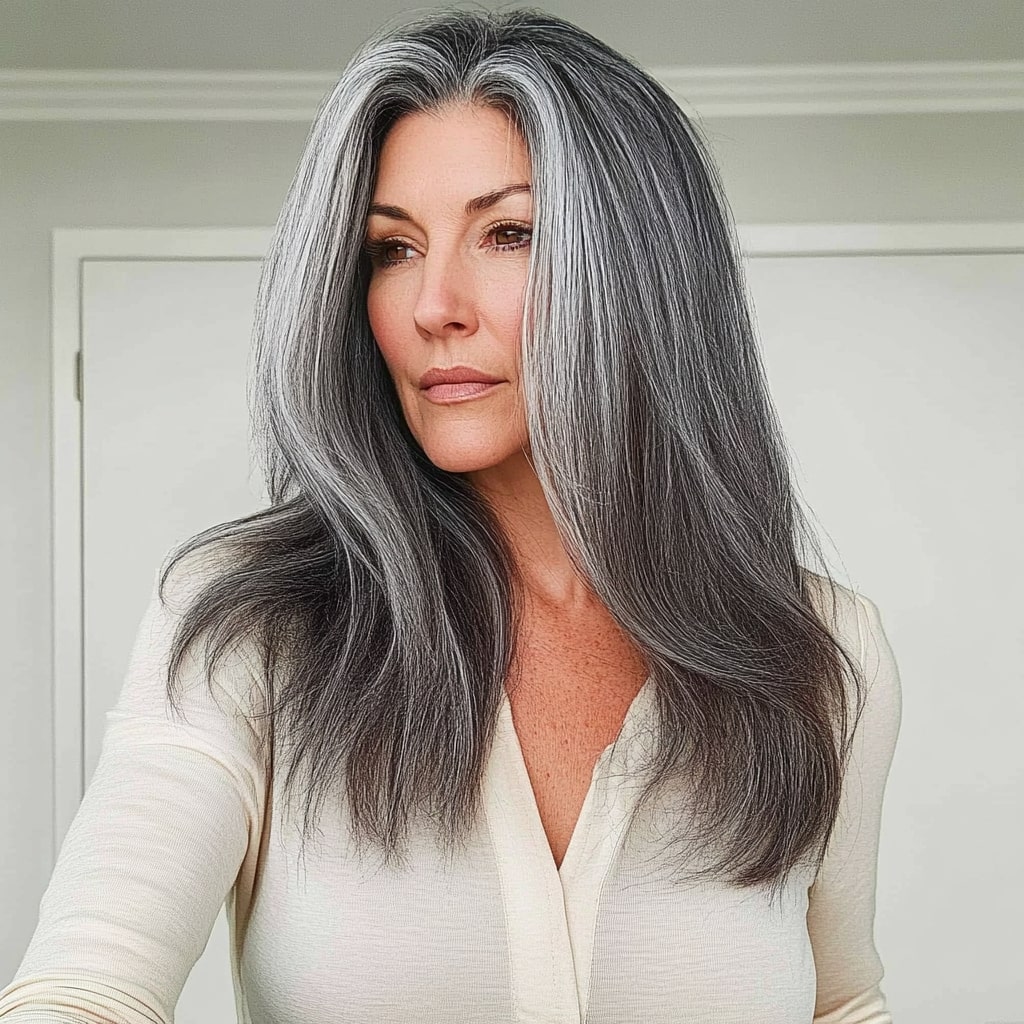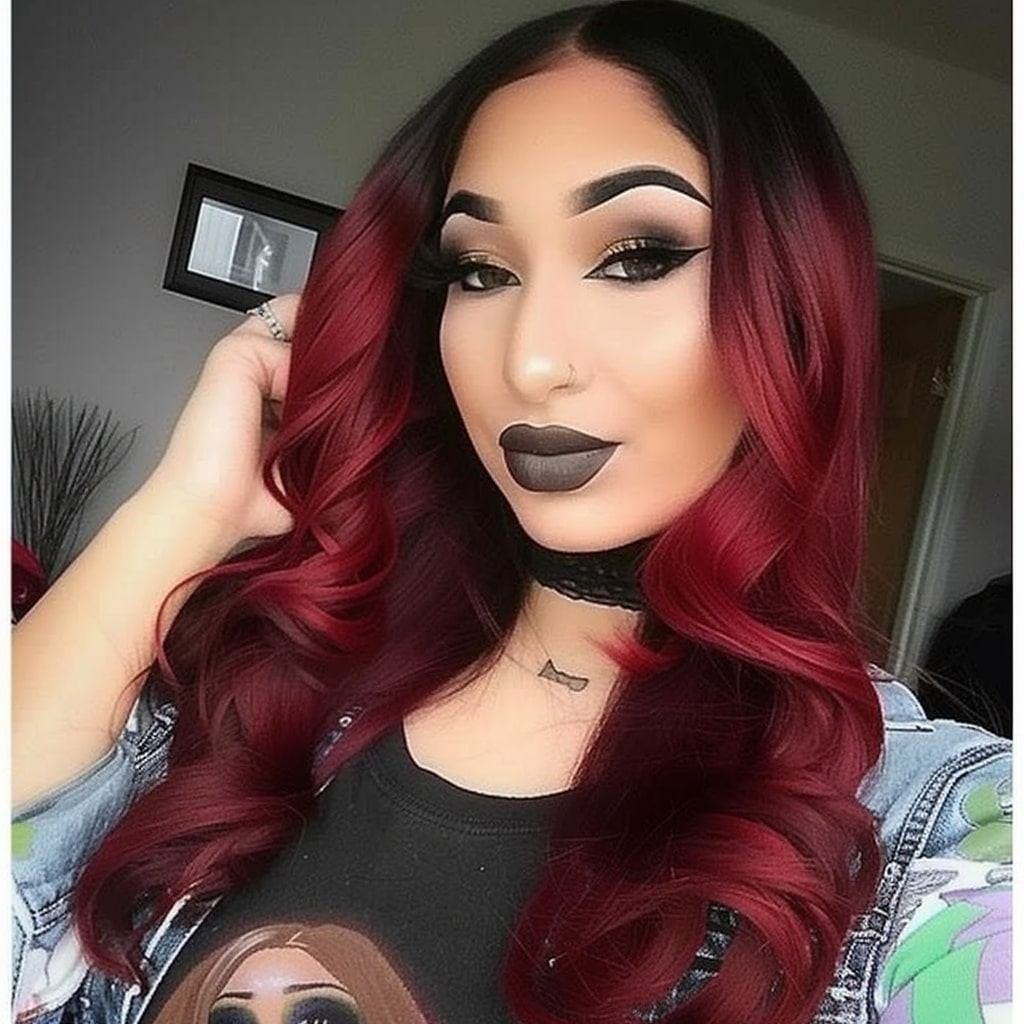The Cost of Tape-In Extensions: Unveiling the Investment for Luscious Locks

Chapter 2: Application Costs
Once you've navigated the initial purchase of tape-in extensions, the next financial consideration is the application process. This step is pivotal, as the method of application not only affects the final appearance but also the health of your natural hair. The costs associated with applying tape-in extensions can vary widely, depending on whether you opt for professional salon services or a do-it-yourself (DIY) approach.
Professional vs. DIY Application
-
Professional Application: Seeking the expertise of a professional stylist ensures that your tape-in extensions are applied correctly and seamlessly blended with your natural hair. Salons charge for this service based on experience, the time required, and the number of extensions being applied. While prices vary, a full head application can range from $100 to $400 or more, excluding the cost of the extensions themselves. The advantage of professional application lies in the stylist's ability to customize the look to fit your natural hair and style preferences, potentially saving costs on corrections or damage repairs in the long run.
-
DIY Application: For those with a steady hand and a bit of confidence, applying tape-in extensions at home can be a cost-effective alternative. While the initial investment in tools (such as a tail comb, clips, and a mirror) may be necessary, these are relatively minor when compared to salon service fees. Online tutorials and guides can provide step-by-step instructions. However, the risk of incorrect application could lead to additional expenses for removal, reapplication, or hair damage repair.
Cost Breakdown by Method
- Salon Application: Includes the stylist's fee, which varies based on location, salon prestige, and the stylist's experience. Additional costs may include a consultation fee and follow-up appointments.
- DIY Application: Primarily involves the purchase of tools and potential costs associated with learning (e.g., purchasing extra extensions for practice).
Additional Tools and Supplies
Regardless of the chosen application method, certain tools and supplies are essential for a successful application process. These may include:
- Hair clips for sectioning
- A tail comb for precise placement
- A specialized brush for tape-in extensions
- A mild shampoo and conditioner suitable for extensions
By carefully considering the application method and associated costs, you can make an informed decision that balances your budget with the desired outcome. Whether you choose the professional route for peace of mind and expertise or the DIY approach for its cost-saving potential, the goal remains the same: a beautiful, natural-looking mane enhanced by high-quality tape-in extensions.
Chapter 3: Maintenance and Upkeep
After successfully applying tape-in hair extensions, maintaining them becomes paramount to ensure their longevity and to keep them looking as natural and vibrant as the day they were installed. The costs associated with the maintenance and upkeep of tape-in extensions are ongoing and should be factored into the overall budget.
Routine Care Requirements
Tape-in extensions, like natural hair, require regular care to maintain their appearance. This includes gentle washing with sulfate-free shampoos, regular conditioning, and careful brushing with a soft bristle brush or a wide-tooth comb. Avoiding harsh chemicals, minimizing heat styling, and using a silk pillowcase can also extend the life of the extensions.
Salon Maintenance Services
Every 6 to 8 weeks, tape-in extensions typically need to be repositioned as your natural hair grows. This process involves removing the extensions, cleaning them, applying new tape, and reapplying them to the hair. The cost for this service can vary widely depending on the salon, but it generally ranges from $150 to $300. This does not include the cost of any additional hair that may be needed to replace extensions that have worn out or been damaged.
Cost of Maintenance Products
Investing in high-quality products specifically designed for hair extensions is crucial. These products tend to be more gentle on the extensions and the bonds, thereby extending their lifespan. Expect to spend approximately $30 to $100 every few months on specialized shampoos, conditioners, and hair treatments. Additionally, a good heat protectant is essential for those who style their hair frequently, which can cost between $20 and $40.
Long-Term Considerations
While the upfront costs of tape-in extensions are significant, the maintenance costs are an ongoing investment in your appearance and hair health. Budgeting for regular salon visits and quality hair care products is essential for anyone considering tape-in extensions as a long-term beauty solution.
Understanding the commitment required not only financially but also in terms of time and care is crucial for maintaining the health of your extensions and natural hair. Proper maintenance not only ensures that your extensions look great but can also significantly extend their lifespan, providing better value for your investment.
Chapter 5: Hidden and Additional Costs
While the purchase, application, and maintenance of tape-in extensions have their clear costs, there are often hidden or additional expenses that can catch consumers off guard. Being aware of these potential costs ahead of time can help in creating a more accurate budget and avoiding surprises down the line.
Unforeseen Expenses
- Hair Damage Repair: Incorrect application or removal, poor maintenance, or simply the stress of wearing extensions can sometimes lead to damage of your natural hair. The cost of treatments or cuts to repair such damage should be considered.
- Color Matching and Styling: As your natural hair grows or if you decide to change your hair color, you may incur costs for coloring your extensions to ensure a seamless blend. Additionally, styling costs may arise if you choose to have your extensions cut or layered by a professional.
- Emergency Reapplication: Slippage or incorrect application can necessitate an unexpected visit to the salon for reapplication or adjustment, leading to unplanned expenses.
Impact of Maintenance on Overall Cost
Regular maintenance, while crucial for the longevity of your extensions, adds to the overall cost. This includes not only the salon visits for repositioning but also the cost of specialized hair care products required to keep the extensions in prime condition.
Tips for Minimizing Additional Costs
- Thorough Research: Before committing to tape-in extensions, research and choose a reputable salon or stylist with experience in tape-in application and maintenance to minimize the risk of hair damage.
- Invest in Quality: Opting for high-quality tape-in extensions, such as remy hair, can be more cost-effective in the long run due to their durability and the fewer replacements required.
- Proper Maintenance: Adhering to recommended care practices can extend the life of your extensions, reducing the frequency and cost of replacements.
- Budgeting: Set aside a small monthly amount to cover the ongoing costs of maintenance and potential unforeseen expenses, ensuring you're financially prepared.
Understanding these hidden and additional costs allows for a more comprehensive budgeting approach to tape-in extensions, ensuring that you enjoy your beautiful, enhanced locks without financial stress or surprises.
Conclusion
Embarking on the journey of tape-in hair extensions involves more than just the initial allure of longer, fuller hair. It demands an understanding of the comprehensive costs associated with purchase, application, and ongoing maintenance. From the outset, selecting between human hair and the premium remy hair extensions on platforms like Canada Hair sets the stage for the investment required. With prices ranging from $150 to $400 per pack and the need for 3 to 5 packs for a full head, the financial commitment becomes clear.
The application process presents a choice between the professional expertise of a salon and the cost-saving potential of a DIY approach, each with its own set of expenses. Moreover, the maintenance phase underscores the need for regular care, salon visits for adjustment, and the use of specialized products to extend the life and appearance of the extensions. Additionally, planning for the eventual replacement of the extensions and being mindful of hidden costs ensures that the beauty enhancement journey is enjoyable and free from unexpected financial burdens.
In conclusion, while tape-in hair extensions offer a transformative beauty solution, they also require a significant financial and care commitment. By understanding the full scope of costs involved—from the initial purchase to maintenance and beyond—enthusiasts can make informed decisions that align with their budgets and lifestyle. This guide aims to equip readers with the knowledge to navigate the tape-in extension process with confidence, ensuring satisfaction and joy from their investment.
Additional Resources
For those looking to delve deeper into the world of tape-in hair extensions, various resources are available. Educational blogs, video tutorials, and forums dedicated to hair care and extensions can offer valuable insights and support. Additionally, consulting with experienced stylists or extension specialists can provide personalized advice tailored to your specific needs and preferences. Remember, the journey to beautiful, extended locks is not just about the aesthetic transformation but also about embracing the care and commitment it entails.

 My Store Credit
My Store Credit
 Buy Again
Buy Again






